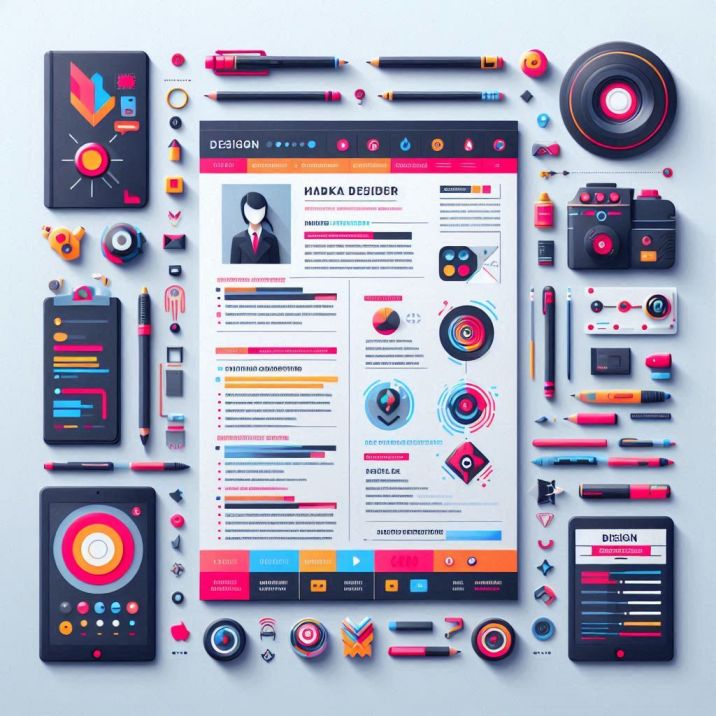Crafting a Standout Visual Designer Resume

Key Components of a Visual Designer Resume
Building an effective visual designer resume involves structuring it to highlight your creativity, technical skills, and relevant experience. Here are the essential components:
1. Professional Summary
Begin your resume with a concise professional summary that outlines your experience in visual design, key skills, and achievements. This section serves as a snapshot of your capabilities and sets the tone for the rest of your resume.
2. Portfolio Showcase
Include a link to your online portfolio showcasing your best design projects. This is crucial as visual designers are often judged by their work. Ensure your portfolio is well-curated and highlights a range of styles and techniques.
3. Skills
Highlight your technical skills such as proficiency in design software (e.g., Adobe Creative Suite, Sketch, Figma), knowledge of typography and color theory, and experience with UX/UI design principles. Also, emphasize soft skills like creativity, attention to detail, and collaboration.
4. Experience
Detail your work experience in reverse chronological order, focusing on roles where you’ve contributed to design projects. Describe your responsibilities and accomplishments, such as designing marketing materials, creating user interfaces, or leading design teams.
5. Education and Certifications
Include your educational background, relevant degrees, and any certifications or courses that enhance your design skills. Certifications in UX/UI design or graphic design can add credibility to your resume.
6. Keywords
Optimize your resume with relevant keywords specific to visual design. Include terms like “graphic design,” “web design,” “branding,” “digital illustration,” and “motion graphics” to align with job descriptions and improve your resume’s visibility in applicant tracking systems (ATS).
Tips for Crafting an Effective Visual Designer Resume
Follow these tips to ensure your visual designer resume stands out:
- Showcase Your Unique Style
Use your resume as a canvas to showcase your design aesthetic. Ensure the layout is clean, visually appealing, and reflects your personal brand as a designer.
- Tailor Your Resume
Customize your resume for each job application. Highlight skills and experiences that align with the specific requirements of the role and the company’s design aesthetic.
- Use Visual Elements Wisely
Incorporate visual elements such as icons, color schemes, and typography that complement your design style. However, ensure they enhance readability and don’t overshadow the content.
- Include Testimonials or Recommendations
If possible, include testimonials from clients or colleagues to reinforce your skills and work ethic. Recommendations add credibility and provide insights into your professional relationships.
Conclusion
Crafting a standout visual designer resume requires a blend of creativity and strategic presentation. By focusing on showcasing your skills, experience, and unique design style effectively, you can make a lasting impression on potential employers.
Ready to elevate your visual designer resume? Follow the guidelines outlined in this article, and watch as your creative career prospects flourish in the competitive design industry.
Take the first step toward landing your dream job as a visual designer by crafting a resume that reflects your passion for design and your commitment to excellence.
